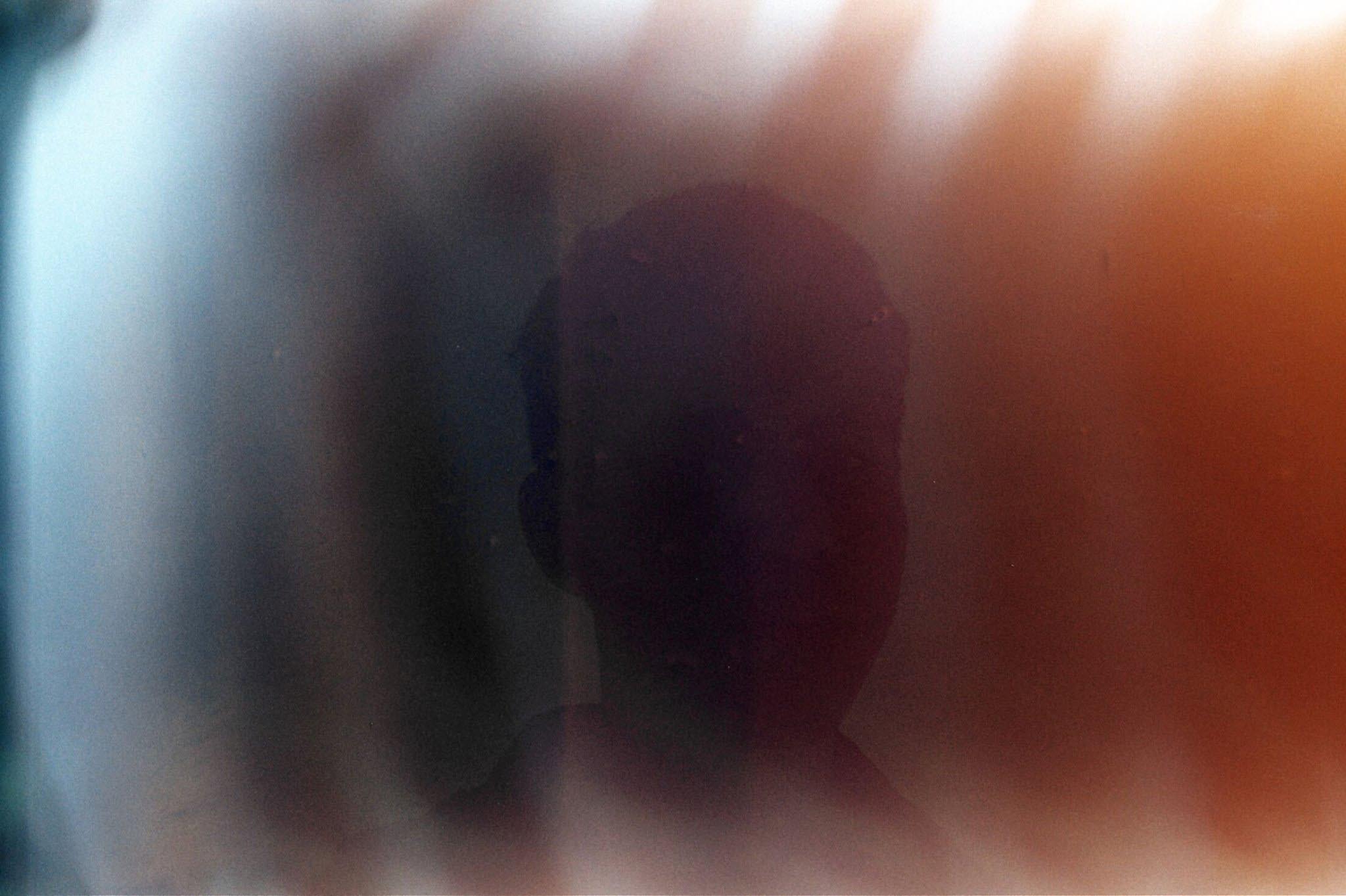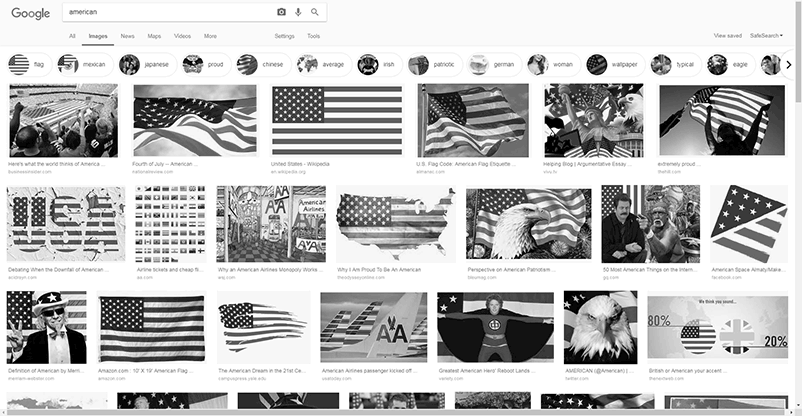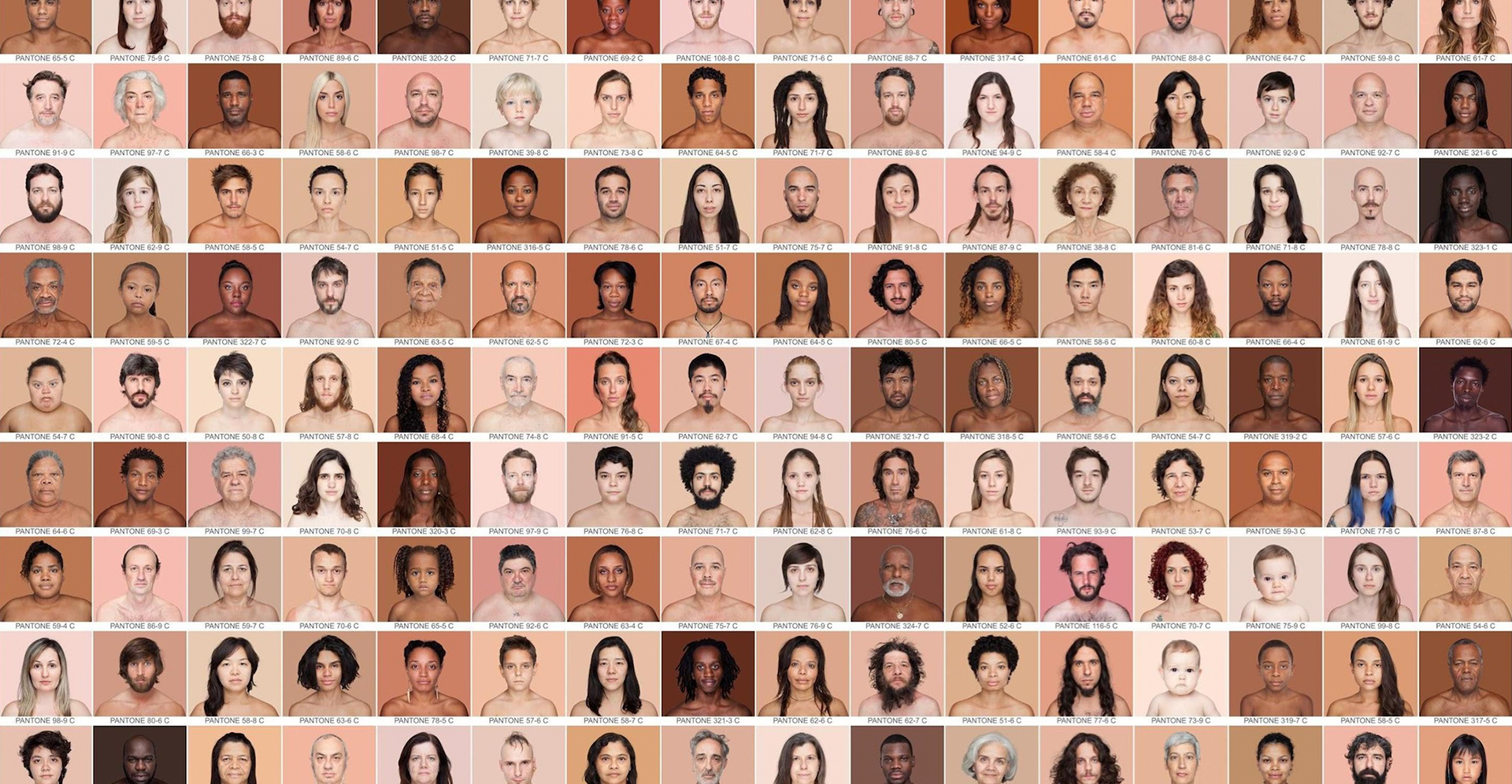
TOOLS#3: REPRESENTATIVITY
Who are we designing for?
31 Oct 2018, Mexico City, Mexico
When you walk the streets, when you shop in some mall of Mexico City, you invariably encounter a bunch of billboards, hoardings (a very telling name, right?), posters, flyers and other kinds of outdoor advertising pieces. Literally, it’s an ad blitz. Most of them seem to be produced and styled for a foreign public or, at least, for consumers in the global marketplaces. It’s easy to guess that many of these advertising campaigns are produced and planned in big international agencies. One thing is for sure: very few are able to represent Mexican people.
What does this circumstance have to do with architecture? Maybe a lot, if you take a look at the most common advertorials for housing projects or even the usual renders for the standard new apartment building were a certain taste or a specific lifestyle is depicted –and, by the way, the vast majority of the ‘rendered inhabitants’ of these spaces seem like members of the same family: sophisticated, young and, oh, so white.
The big picture is that regionalist architecture is vanishing; globalization tends to turn the Western culture into The Norm. Have you seen how capital cities around the world start to look alike? Defining and protecting local cultures can be a very complex task in the actual global political system, but it seems to be crucial in other to cultivate our immaterial heritage. In several countries, the Occidental way of life is an aspiration: it is a common place that in some Asian countries the European phenotype functions as an achievement.
On the other hand, in an increasing number of European political and social circles immigration is seen as a grave problem, a disruption of national identities, maybe because they are planted in societies not easily “distinguishable” in a global European scenario. Because of this, the words that Emmanuel Macron pronounced during the French presidential campaign are very eloquent: “There is not a French Culture; there is a culture in France and it is diverse”. An ill-defined national spirit as a matter of pride! Meanwhile, Donald Trump wields “American culture” as a heavy political weapon. Despite the wars in the 19th century, nationalism is still a huge issue, one worsened by the interests of global capitalism.

Some "cultural identities" researches on Google Images
A CULTURE TO BE DEFINED
Mexico is an intersection of influences; it is kind of a hub or a hinge, located in the center of the Continent, between North and South America. Throughout its history, as a viceroyalty or newly independent country, it has sought inspiration in different Metropolis, namely Spain, France or USA. The cultural, economical and historical links between our country and global powerhouses has always been strong –most of Mexican architects, for instance, design in inches and feet, even if the Nation functions by the Metric system.
After its colonization, Mexican society was divided in very stratified social groups -as ‘castas’- following the position of a given individual in the productive system or the origin of its family tree. This hierarchy is still strong: a hidden and discriminatory social structure.
Anyway, Mexican population is a rich and thick mixture of origins, languages and economical situations, conditioned by different geographic contexts, locations and natural resources. Mexican culture is, as in many other countries, hard to sum up. I invite you to write “Mexican” in Google Images; be prepared to discover the wildest collection of clichés you could imagine (the ‘trick’ is that many of those commonplaces are based on facts: mariachis are still present everywhere; spicy food is, and always will be, a national passion; traditional clothes are still available and telenovelas have their faithful fans). It's still hard to fight against comic-like representations of Mexican people, while "being mexican" is still an unanswered question. But we in SLOT have a strong belief...

Several free .png files from skalgubbar.se
WE ARE NOT MODELS
Sidewalks and interiors are not catwalks; we are not ‘posing’ in buildings, but living in them. Some very clever Swedish have created the appropriate response to this: skalgubbar.se, a website which offers access to a large gallery of free .png files of Swedish people in several situations: cooking, having fun, laughing, reading, talking… LIVING! With this ‘supply’, we are certain that no Swedish architect has an excuse to use the same old ‘aspirational’ human figures (mannequins) in a render.
This human frame is important because it makes the point that Architecture is an open discipline. How many times have you heard the expression architects' architecture? In SLOT we want to build FOR and WITH the people. Our Loom House project (2011), for example, shows the people of El Mejay (Hidalgo, Mexico) in their daily life interactions. This systematic approach would be a great path to take in upcoming projects…

"Humanæ" by Angélica Dass
REPRESENTATIVITY = DIVERSITY
There is not a SINGLE way to represent the population of a country. Especially in Mexico, a Nation with a culture so mixed.
The Brazilian artist Angélica Dass produced a series of more than 3,000 portraits, giving form to an infinite sequence of skin tones, from 13 different countries, named Humanæ. About her work, the artist declares: “It’s a work in progress: from a personal story to a global History”. The aim of this work is to reveal that there are no ‘pigeonholes’ destined for people: white, red, black and yellow... those four categories associated with race. She took pictures, captured a skin tone for each one and searched the PANTONE® of every individual.

WHAT DO WE INTEND TO DO?
SLOT is planning for a photographic & democratic project:
-We want to invite a large palette of people (with different origins, ages, social and economic situations…) to come to our Studio.
-We aim to take pictures of them in several “natural” positions.
-With their silhouette we will generate .png files.
-As a result, we will offer a free library of those .png files, indicating the name, profession and age of the people that gave us their time and image.
Our mission: we want to raise awareness around the humans we represent in architectural renders. Architecture is not a reservation. Architecture is for anyone.
- Original quote: “Il n’y a d’ailleurs pas une culture française, il y a une culture en France et elle est diverse.” from the speech of Emmanuel Macron, on February the 4th of 2017, in Lyon, France.
- from “The Beauty of human skin in every color”, TED conference by Angélica Dass, on February 2016, in Vancouver, Canada. (4th minute) TED.com

Text: Romain Roy-Pinot & Pablo García

